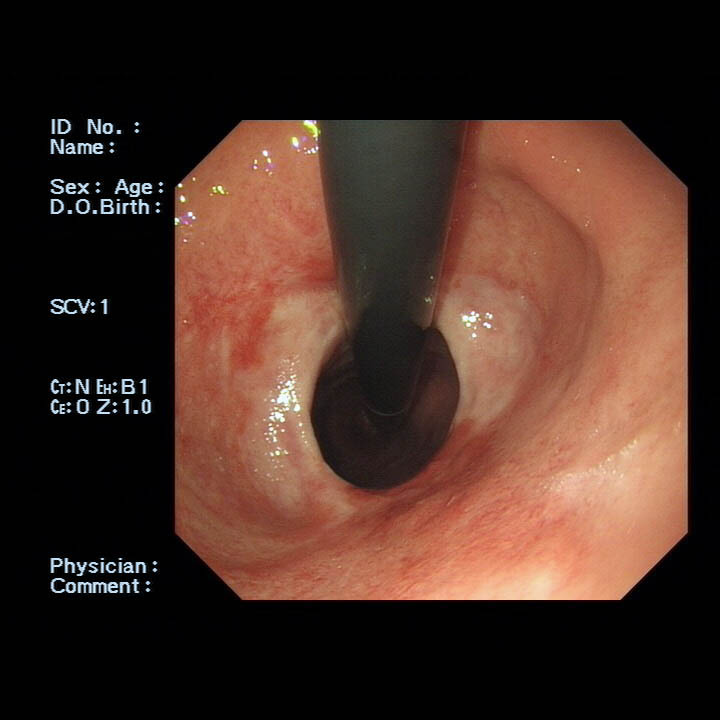Ambulatory pH Analysis and Manometry
Gastroesophageal reflux disease (GERD) is among the most common disorder in modern medicine. While the most effective acid suppression medications are the proton pump inhibitors (PPI), a mere 60% of treated patients will show improvement of their symptoms.7 Among the “non-responders” to PPI, some may benefit from surgical correction of their acid reflux and achieve cure of their troublesome symptoms. As the immergence of minimally invasive anti-reflux surgery with low magnitude of risk comparable to cholecystectomy, many patients can now benefit from surgical treatment and avoid the long term side effects of PPIs. For patients considering surgery as a long term alternative to PPI it is imperative that their acid reflux disease be objectively assessed, such that a physiological & functional profiling is possible for each patient. This GERD patient profile is important during the discussion on the severity of GERD and the prognosis subsequent to surgical correction.8 9

- Kahrilas PJ, Shaheen NJ, Vaezi MF. American Gastroenterological Association Institute technical review on the management of gastroesophageal reflux disease. Gastroenterology 2008;135(4):1392-413, 413 e1-5.
- Kahrilas PJ, Quigley EM. Clinical esophageal pH recording: a technical review for practice guideline development. Gastroenterology 1996;110(6):1982-96.
- Kahrilas PJ, Pandolfino JE. Review article: oesophageal pH monitoring–technologies, interpretation and correlation with clinical outcomes. Aliment Pharmacol Ther 2005;22 Suppl 3:2-9.
